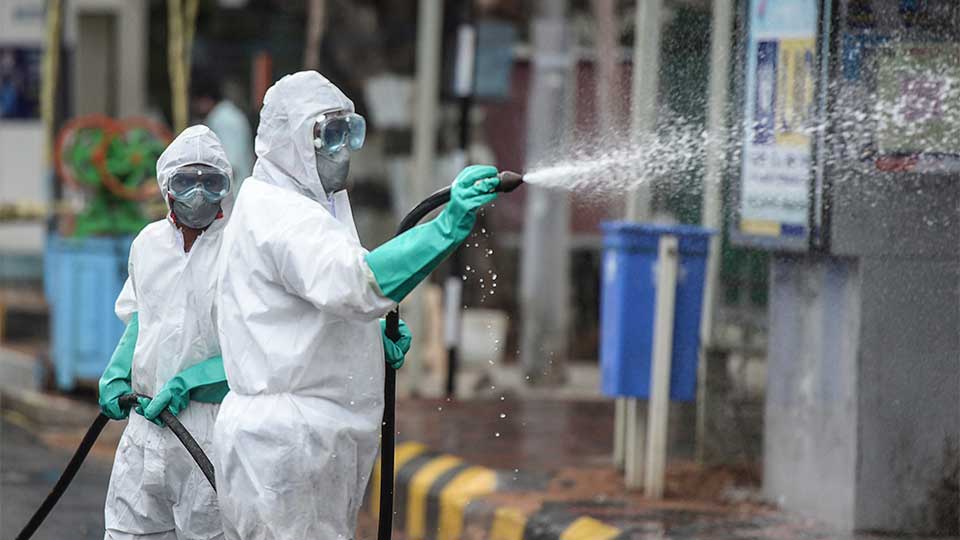
A massive surge of COVID-19 infections in India threatens to make worse what was already a difficult situation for developing countries in Africa and around the world in their efforts to contain the pandemic. A record 274,000 infections were reported yesterday, a figure that experts believe severely understates the true extent of the crisis given the lack of testing facilities around the country.
Given the enormous size of India’s population and what now appears to be an uncontrolled blaze of infections spreading fast across the country, the COVID-19 situation in South Asia is already having severe consequences in countries as far away as Kenya.
3 Ways The Surging COVID Crisis in India Will Impact Africa
- COVAX DELIVERY DELAYS: Many African countries including Kenya have already received an initial shipment of Indian-made AstraZeneca vaccines but have now been told that future deliveries will be postponed until at least June, if not later. That’s prompting health authorities to explore whether mixing vaccines from various providers could be a solution for those waiting to receive their second injection. To date, Covax has provided sub-Saharan Africa with 11.5 million doses.
- FROM EXPORTER TO IMPORTER: Just a few weeks ago, India was still sending vaccines abroad both for Covax and as part of its own diplomatic outreach. Now, India is scrambling to source as many vaccines as possible, even removing a 10% import duty, to slow the spread of the virus. But that will likely take supplies off the market that had been intended for use in other developing countries. To date, only 0.1% of all inoculations worldwide have been administered in the 29 lowest-income countries — a situation that will be further compounded by Indian vaccine demand.
- COVID-19 MEDICAL SUPPLIES: A chronic shortage of test kits, ventilators, and other medical supplies is hampering India’s efforts to deal with the surge of patients. Just as heightened demand for vaccines will make it more difficult for other developing countries to secure supplies, it’s the same with medical equipment that will now be more difficult to procure and likely a lot more expensive.
There are also important geopolitical considerations to this latest crisis, given that India was seen as a pillar in the U.S.-led effort to rival China’s successful vaccine distribution efforts, particularly in the Asia-Pacific region. Now, any hope that India will produce a billion jabs for use in developing countries is no longer relevant.
With the U.S. and Europe still on the sidelines in terms of vaccine distribution to the Global South and Covax hampered by the Indian export ban, the overwhelming majority of developing countries in Africa and elsewhere will likely have to rely more on Russian and Chinese vaccine providers, at least in the short term.
SUGGESTED READING:
- The Wall Street Journal: Why Covid-19 Vaccination in Poorer Nations Has Slowed, Posing Global Risks by Gabriele Steinhauser, Nicholas Bariyo, and Jon Emont
- The Washington Post: India’s devastating outbreak is driving the global coronavirus surge by Joanna Slater









